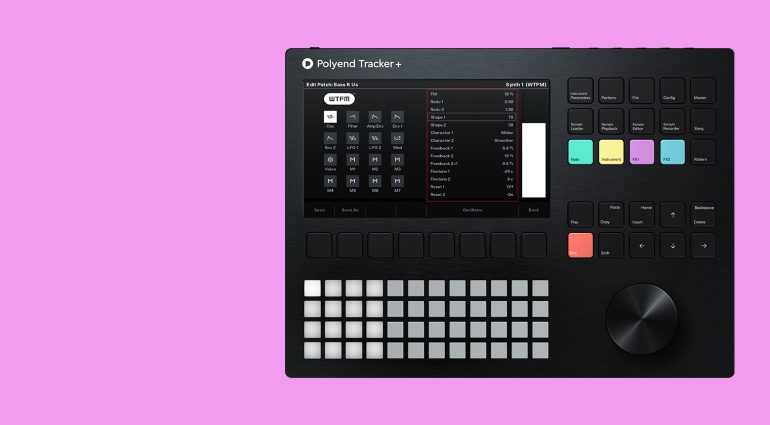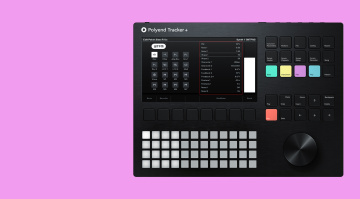Got itchy fingers? Come down with a bad case of sampleritis? We have the cure for what ails you: the best standalone beat makers – for a variety of budgets.
What Are Standalone Beat Makers?
Working with a DAW is all well and good but sometimes you just want to get away from the computer and make some music. You’ve been clacking keys and pushing a mouse around all week, after all. I’ll bet your back hurts. Probably your wrist too. Forget that mess. It’s time to stretch out on the couch with a self-contained, sampled-based device and bang out some beats. Where we’re going, we don’t need DAWs.
I’ve put together a list here of some of the best standalone beat makers on the market today. I’ve tried to include a variety of prices as not everyone has a million-dollar side hustle. They are all quality machines though from brands you know and love like Roland, Elektron and Akai.
Ready? Let’s bash some pads.
Standalone Beat Makers: Roland SP-404MKII
Roland calls the SP404MKII a “creative sampler and effector”. I think it’s cute that even the American product page uses the Japanese word “effector” meaning effects unit. But that’s not important, as we’re really here to talk about standalone beat makers. The SP-404MKII is the most affordable machine on the list and certainly one of the most popular.
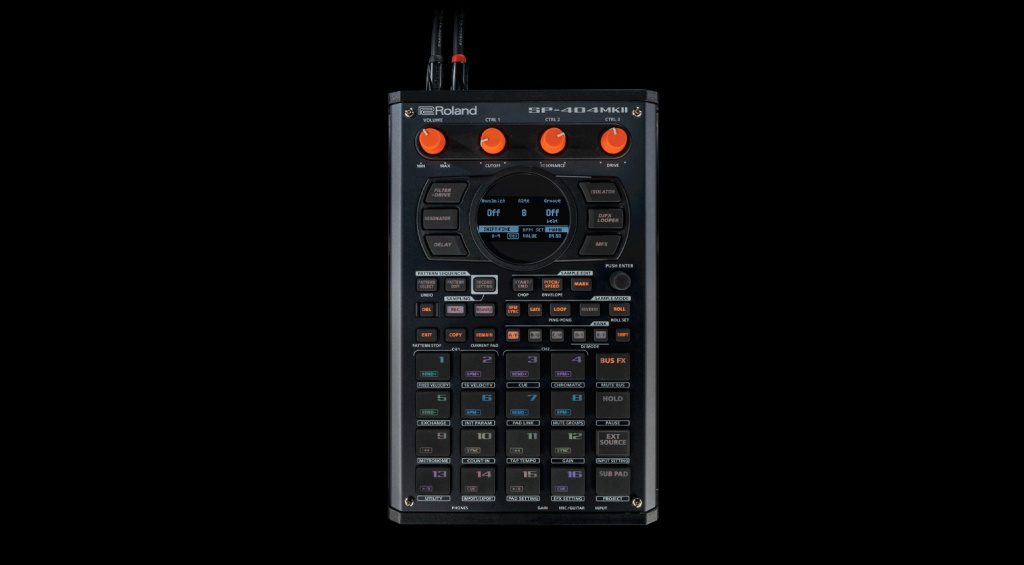
Beloved by beatmakers of all kinds, from old-school hip-hop heads to modern lo-fi producers, SP404MKII updates the SP line for the 2020s with 16GB of internal storage, a maximum sampling time of 16 minutes plus that famous pattern sequencer. And effects of course. Kawaii.
What with the custom skins and fervent followers, buying an SP404MKII is almost like joining a secret society… of the coolest kind.
Standalone Beat Makers: Polyend Tracker+
Announced at this year’s Superbooth, Polyend Tracker+ upgrades the original sample-based groovebox in oh so many ways.
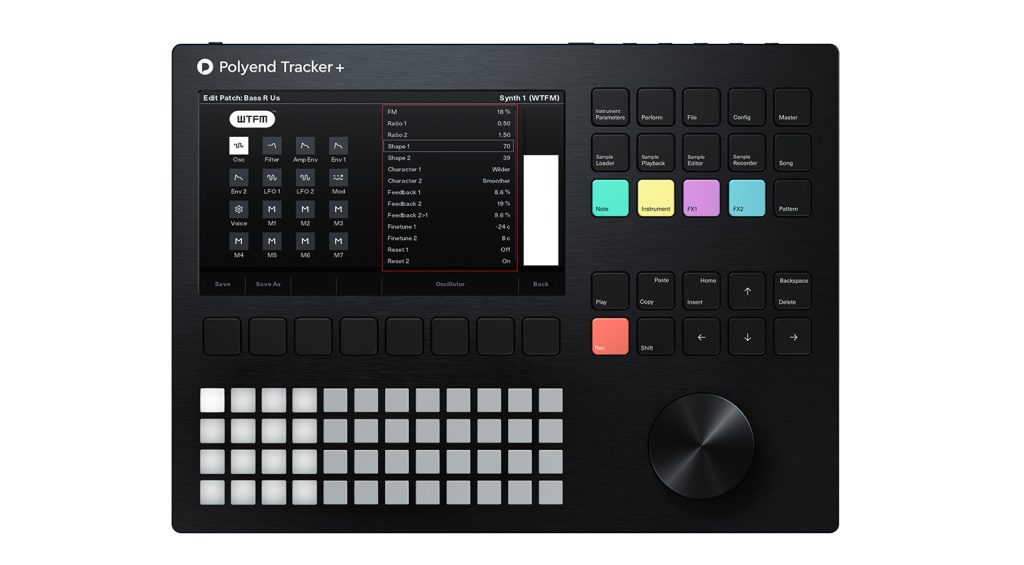
It still does samples, only now they’re in stereo too, with external and internal stereo capture possible. Polyend have also added PERC, a five-voice drum synthesizer plus – and this is really cool – four digital synth engines.
With all of this plus an expanded sequencer, it’s less of a groovebox and more of a fully-fledged song machine. Of course, you still have to be down with the tracker-style workflow, which flows from top to bottom rather than side to side. If you’re an old hand at tracker programming or want to try something a little different, definitely check this out.
Standalone Beat Makers: Native Instruments Maschine+
Taking Maschine offline was the obvious choice for Native Instruments’ hybrid beat-making device. Severing the USB connection turned the glorified controller into a portable music production studio.
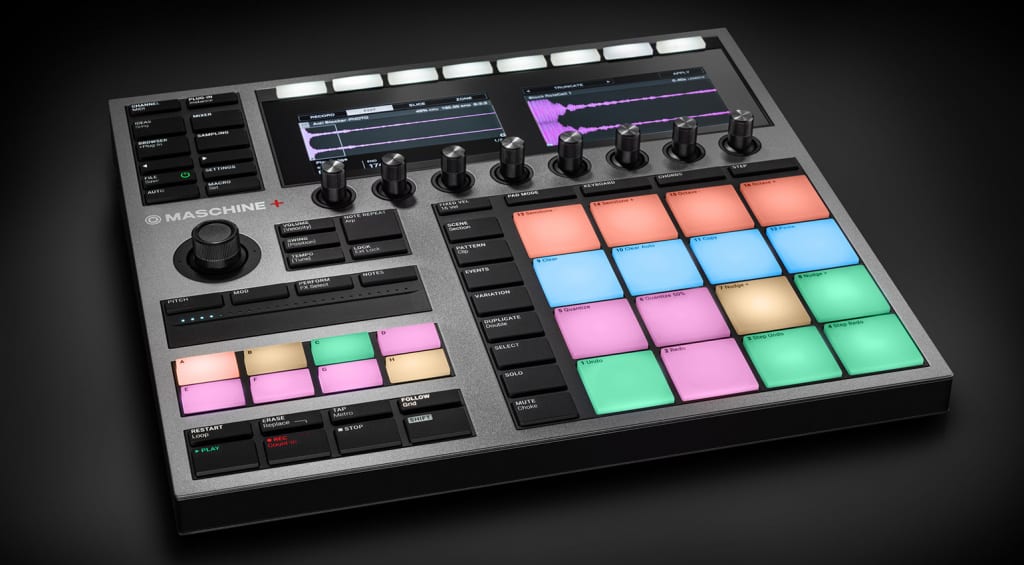
Part drum machine, part sampler, even part DAW with its own NI plugins, Maschine+ sits somewhere between the worlds of Elektron and Akai. At its heart, it’s basically a specialized computer with quad-core processor, 4GB RAM and 32GB internal flash storage. All of this means that it’s a powerful way to make beats and songs away from your computer – but at a similar level of sophistication.
Better yet, Maschine+ is currently on sale as part of NI’s Summer of Sound Sale so it’s a great time to get into the Maschine workflow.
Standalone Beat Makers: Elektron Digitakt II
There are MPC people and there are Maschine people. And then there are Elektron people. If your beats tend towards the pummeling, the industrial or the intelligently dancey, you’ve probably already got an Elektron sticker on your bicycle.
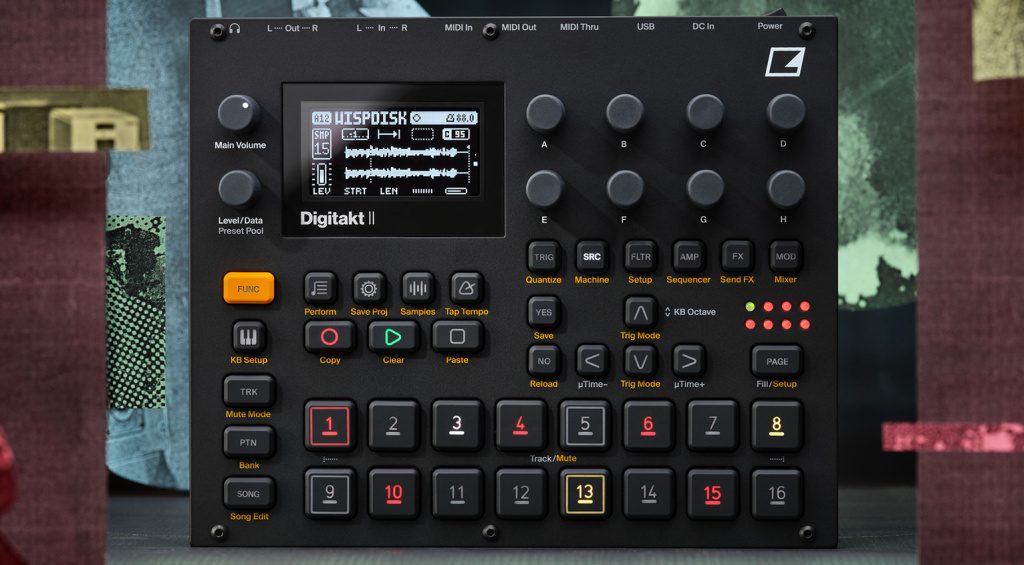
This past spring saw Elektron release Digitakt II, the follow-up to its incredibly popular hardware sampler. The new machine can now do samples in stereo (hallelujah), features 16 stereo or mono sample tracks, a freaky comb filter, song mode, and even a Euclidean sequencer. How random.
The time has finally come to join the Elektron cult and find out what all of the parameter locking sequencer fuss is all about. That is if you haven’t bought one already.
Standalone Beat Makers: Akai Professional MPC X Special Edition
Back in 1988, Roger Linn teamed up with Akai to make the MPC60, a sampling drum machine. It wasn’t the first – E-mu dropped its SP-12 in 1986 – but it did have the biggest impact. The MPC legacy continues, now some 36 years later, with legions of users fully invested in the MPC workflow… nay, lifestyle.
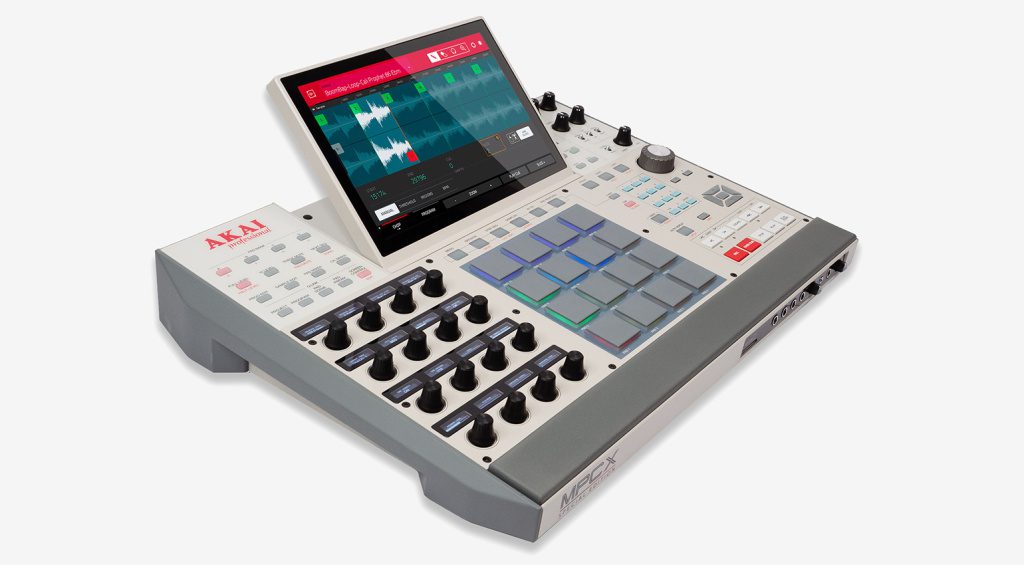
More than just drum machines, the MPC lineup has evolved to include self-contained song creation machines, complete with internal DAW and plugins. Can it still be called DAWless? I’ll leave that argument up to Reddit users.
The current top of Akai Professional’s MPC heap is the MPC X Special Edition. A retro-skinned version of the MPC X, it has everything you love about the MPC – 16 pads, sampling and sequencing – plus a 10-inch screen, 48GB of internal storage, a quad-core processor and 4GB of RAM. It also houses over 20 MPC instruments and 100 insert effects. That makes it one of the best standalone beat makers.
It’s not cheap, as you might expect. But if you’re serious about beat making, music production or just MPCs in general, it’s worth a look-see. It might just change your life. Or at the very least, your lifestyle.

